A cozy bed is equal to comfortable sleep, that’s why you get the great mattress and bed linen for it. The other important item you should have in your bed is the mattress protector. It keeps germs and dirt away from the mattress and as a result, gets dirty very fast. But can you wash it?
As a general rule, the waterproof mattress protector can be washed. If you had some spill in your bed or if your little child had “an accident”, just take the protector away from the mattress and put it into your washing machine. The regime of washing is set according to the protector’s material. Read further to know how to wash cotton, microfiber, and bamboo mattress’ protectors.
Are Mattress Protectors Necessary?
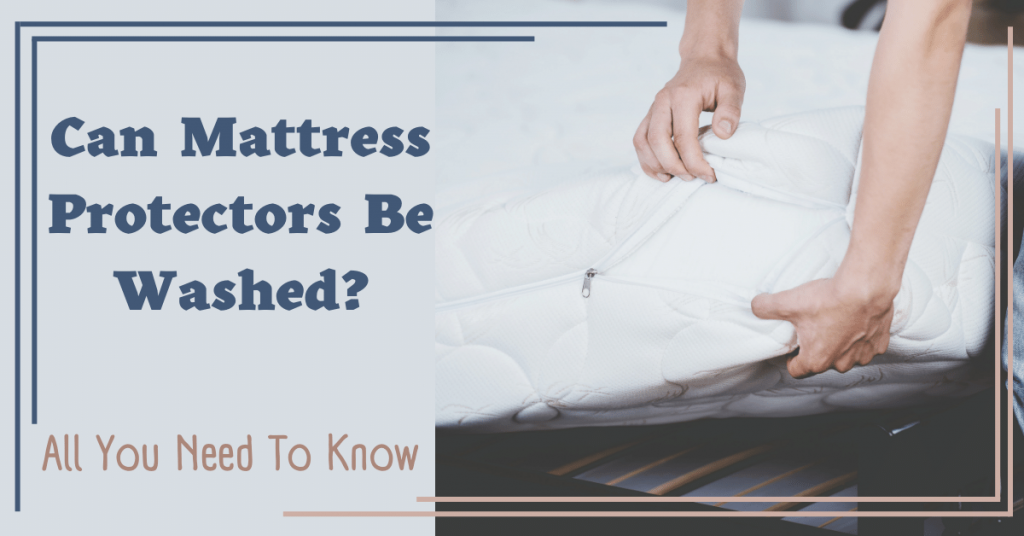
I know that many homeowners try to save their money, especially if they have just started to design their bedrooms. The brand-new bed and high-quality mattress cost a lot, so you may be tempted to save some cash on a protector. Still, I advise you to read my thoughts on the mattress protector necessity. Probably, you’ll reconsider your decision after it.
I suppose, getting a mattress protector is necessary. The main reason, why I think so, is the necessity to care about the mattress. I know that a high-quality mattress is quite costly. You might have saved cash to get it, so it has become a sort of investment into your sleeping comfort, which will serve you for years. To care about that investment, the mattress protector is necessary.
Even if you are a super neat person, still you may have some “accidents” on your mattress. Probably, your partner will bring you coffee in bed, and occasionally you’ll have some spill. Otherwise, you can have the pajama party in your bedroom and one of your friends may drop some pizza sauce on the bed. You can easily wash the bed linen. But what will you do with the mattress? In this case, I advise you to get the mattress protector, which will save the basis of your bed – a mattress – from stains.
Even if you are sure, that no food or drinks can be in your bed, still the mattress can get dirty. First of all, it collects dust and debris, like any other thing in your house. Besides, people sweat and skin flakes inevitably appear in bed after a long night of sleep. Besides, no homeowner is guaranteed from bed bugs, which can infect the mattress. To avoid all these problems is possible with the help of a mattress protector.
So, I strongly recommend getting it for your bedding. But that’s not enough. The mattress protector serves as a collector for allergens, spills, and bed bugs. Yes, it protects the mattress. But it also gets dirty easily itself. That’s why you need to wash it regularly.
Can a Mattress Protector Be Washed?
Let’s get you relieved. Yes, it can be washed. I was pretty happy myself when I found this out. I hope you are too. Now that you have taken a sigh of relief, it’s time we discuss the details.
Your mattress protector absorbs spills, sweat, children and pet “accidents”, etc. You know the list is long. However, it takes all the beating to keep your mattress clean and neat.
It is significant to look after this amazing protector. If it lacks regular cleaning, it will become unhygienic, dirty, and a residence for bacteria and germs. Oh, and not to mention that its life will be cut short considerably.
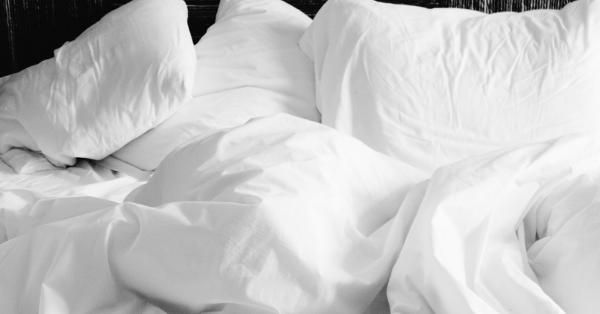
Wash your mattress protector to avoid any of this. Give it the regular and proper cleaning it deserves for doing such a good job at preserving your mattress.
When Should a Mattress Protector Be Washed?
The one-word answer to this question is, “regularly”. You are probably thinking, “How regular?”. Well, let me tell you a little in detail. There are a few different scenarios that we all come across. The washing frequency of the mattress protector depends on those. Let’s take a look at each of them separately.
1. In normal circumstances
It’s ideal to wash your mattress protector once a month. It will provide the ultimate protection to the one that is a protector itself.
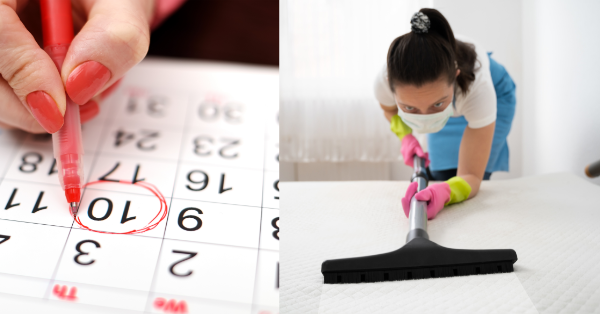
However, there are a few exceptions that override this rule of thumb. Let’s see what those are.
2. If you are allergic
You need to wash your mattress protector more often if you are allergic to dust mites, pet dander, or pollen. Often in this scenario means once a week. I know it sounds like a task, but it is essential for your health and sleep.
3. If there has been a spill
You can probably recall some time when you were having a slumber party with your friends, and someone spilled a glass of coke on the bed. You might have changed the sheets, but the mattress protector absorbed the soft drink.
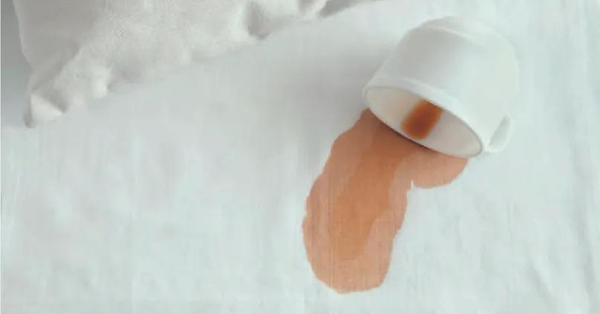
At such times, you should wash it right away despite your normal mattress protector washing schedule.
4. If it is rarely used
If a mattress in your house is not used very often, probably the one in the guestroom, you don’t need to wash it every month. It is rarely used and hence, is not very often exposed to human sweat, any spills, etc.
Remember to wash it every few months because dust can still attract dust mites.
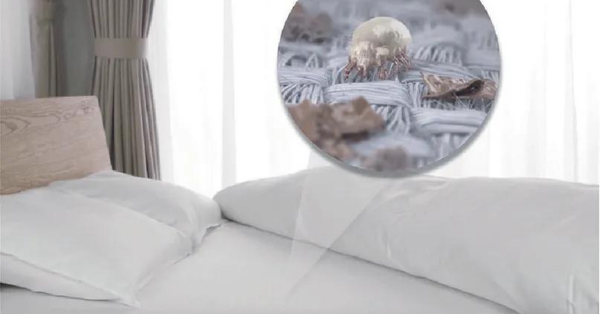
How to Wash a Mattress Protector?
I have lots of recommendations for mattress protector cleaning. Nevertheless, I strongly recommend you read the care tag of your mattress protector before cleaning it. The protector’s manufacturer always pays the user’s attention to some peculiarities of the washing process of this item.
The process of washing highly depends on the material, from which your mattress is made. I’ll tell you about several of the most typical mattress protectors’ materials and the conditions under which you should clean them.
How to Wash Mattress Protectors from Different Materials
Cotton
One of the most widespread materials for mattress protectors is cotton. It’s soft, natural, and durable, so many people choose it to defeat their mattresses from dirt and bed bugs. Usually, cotton protectors should be washed on a delicate cycle at a temperature that does not exceed 104°F (40°C). Otherwise, the cotton protector can get shrunk in the wash.
Microfiber
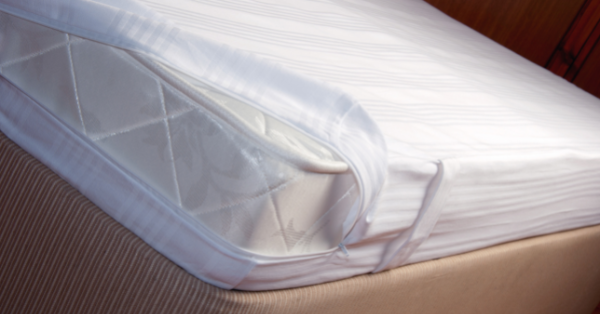
My readers, which wanted to save some cash, bought mattress protectors from microfiber. This synthetic fiber looks and feels close to the natural one, but costs less. It’s not hard to wash the protectors made of microfiber. Just set the temperature regime from 140°F (60°C) to 194°F (90°C).
Bamboo
The other fabric, which is widely used for sewing waterproof mattress protectors, is bamboo. The protector from this material is quite expensive, so I advise you to make this investment in your bedroom wisely. If you’ve got it, provide this high-quality fabric with super delicate care. Wash it on the delicate circle and choose the lowest temperature you can on your washing machine.
The materials I’ve mentioned above are the most popular options. Nevertheless, your mattress protector can be made of some other fabric – read the instructions to wash it in this case.
Now I am going to provide you with the general guidelines on how to wash mattress protectors, sewn from any material.
Simple Guidelines to Wash Mattress Protectors
There are a few simple guidelines to follow when washing your mattress protector. If you do so, you will not only clean it but also help in prolonging its life.
1. Take the mattress protector off:
The first step is to take the mattress protector off your mattress.
CAUTION
Use a mild, bleach-free detergent while washing. Any harsh product will damage the membrane of the mattress protector. The waterproofing materials will be weakened.
2. Wash the mattress protector:
Toss the protector into your washing machine. Make sure the water is lukewarm. You shouldn’t use extremely high temperatures as that will just damage the protector. It will rob the waterproof property from the mattress protector by damaging the vinyl.
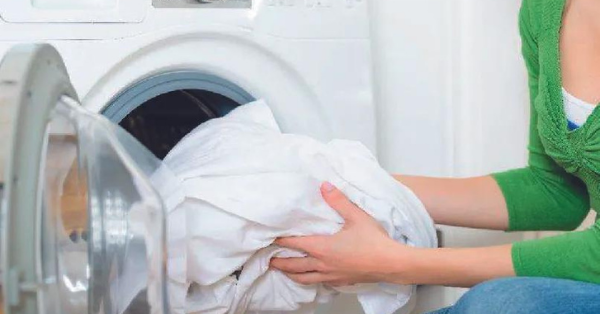
PRO TIP
SAVE YOUR TIME
While the mattress protector is in the washing machine, you can clean your mattress.
Are you thinking, “Nah, leave it! Why should I buy a mattress cleaner?”. No, no, you don’t need any cleaning solution from the market. It’s the era of DIY. So, just clean it yourself. Take a look at the following post that explains 2 DIY methods of cleaning your mattress.
3. Dry the mattress protector:
You can use a tumble dry for this purpose. However, I suggest that you rely on conventional methods. Spread the washed mattress protector out in the sun. You can also hang it on strong wires if that doesn’t pose a threat to the material of the mattress protector. Make sure you don’t use any sharp pegs that can puncture the protector’s waterproof binding.
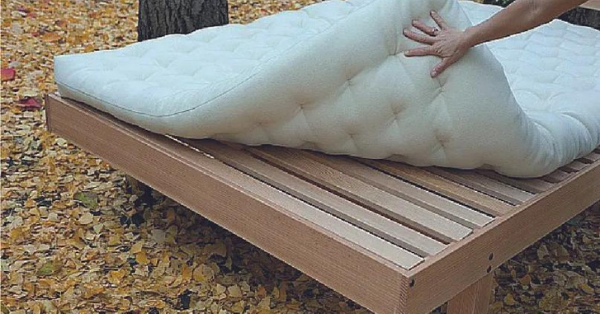
NEVER DRY CLEAN
This is very important. Never dry clean your mattress protector. It won’t be able to take extreme heat and will be ruined. It will just be an expense for you to buy a new one. You can avoid that.
Conclusion
That’s a wrap. Feel free to wash your mattress protector. Read the care tag and understand, what fabric your mattress protector is made of. Make a schedule for washing the protector. It will help you to keep your mattress protector clean, hygienic, and germ-free. That will result in a clean bed.
Enjoy sleeping on a clean and healthy mattress.
